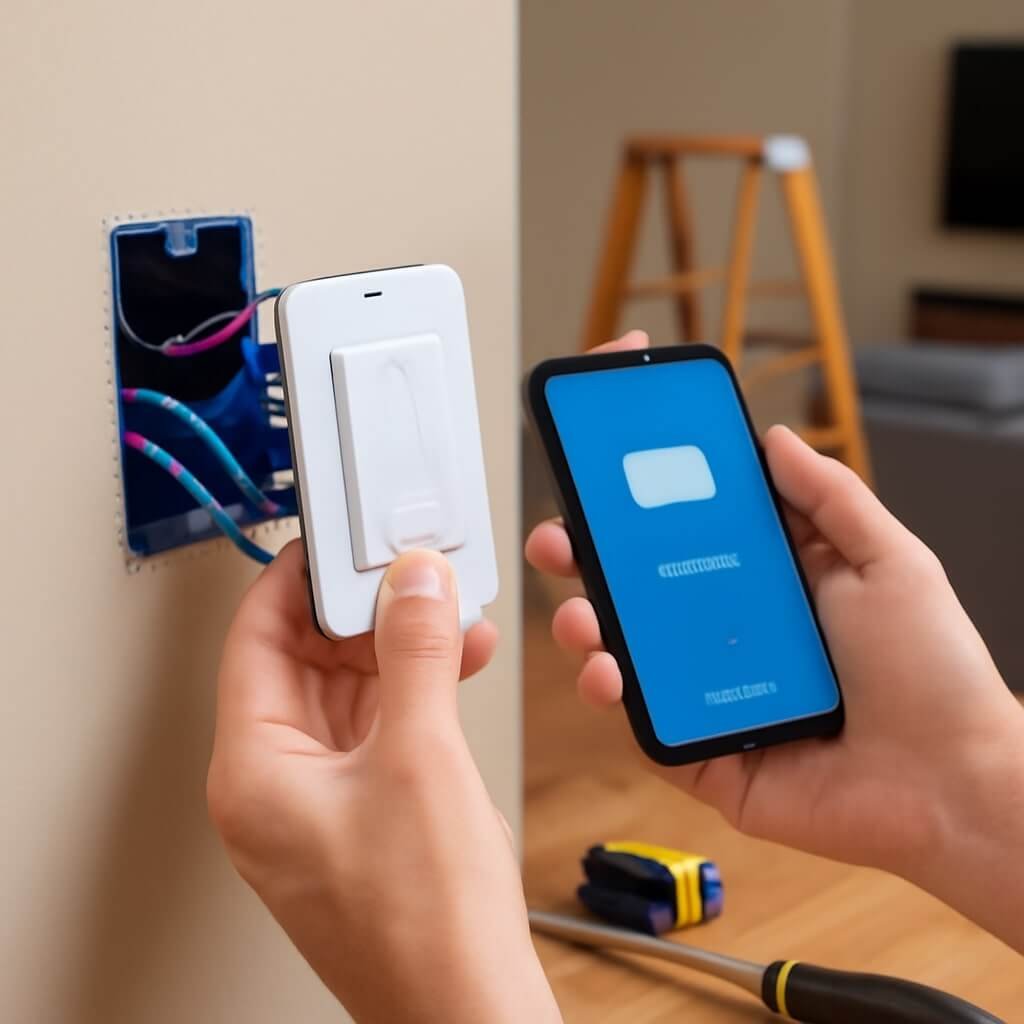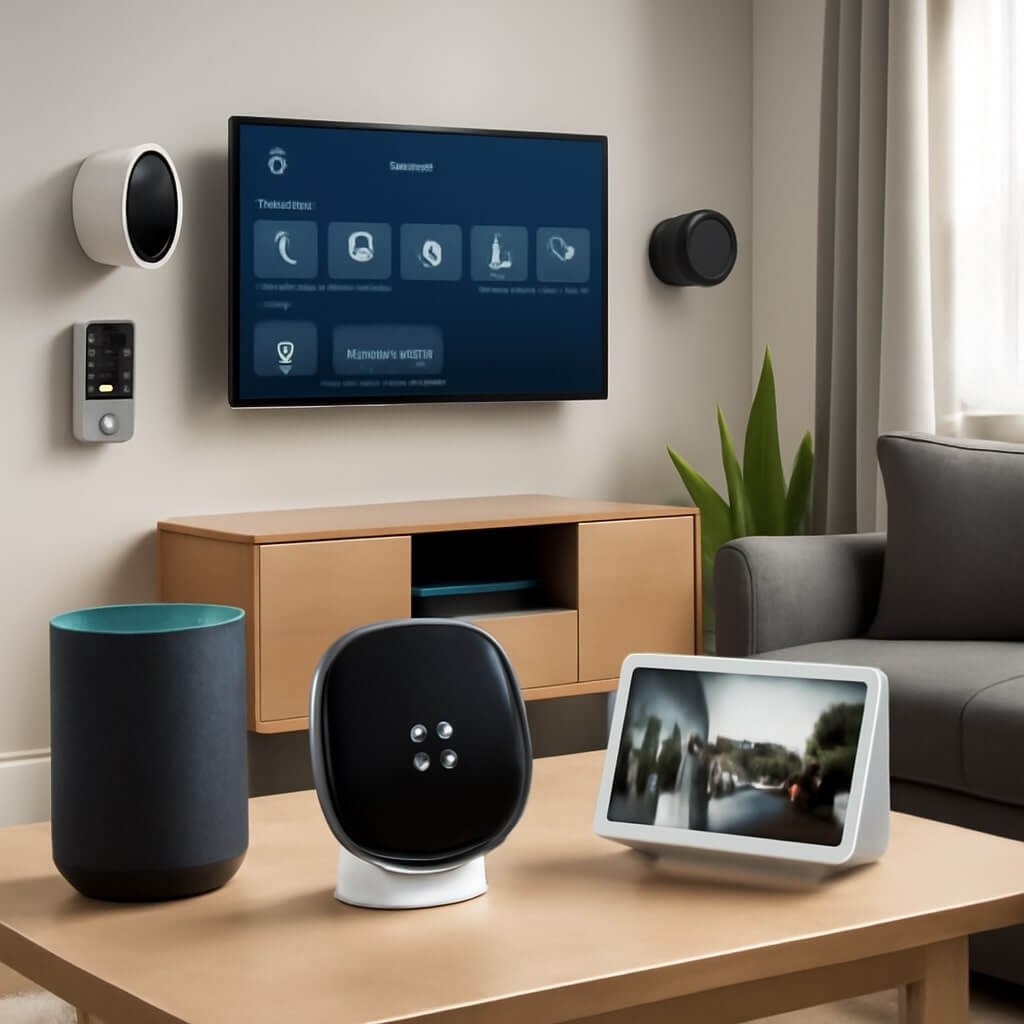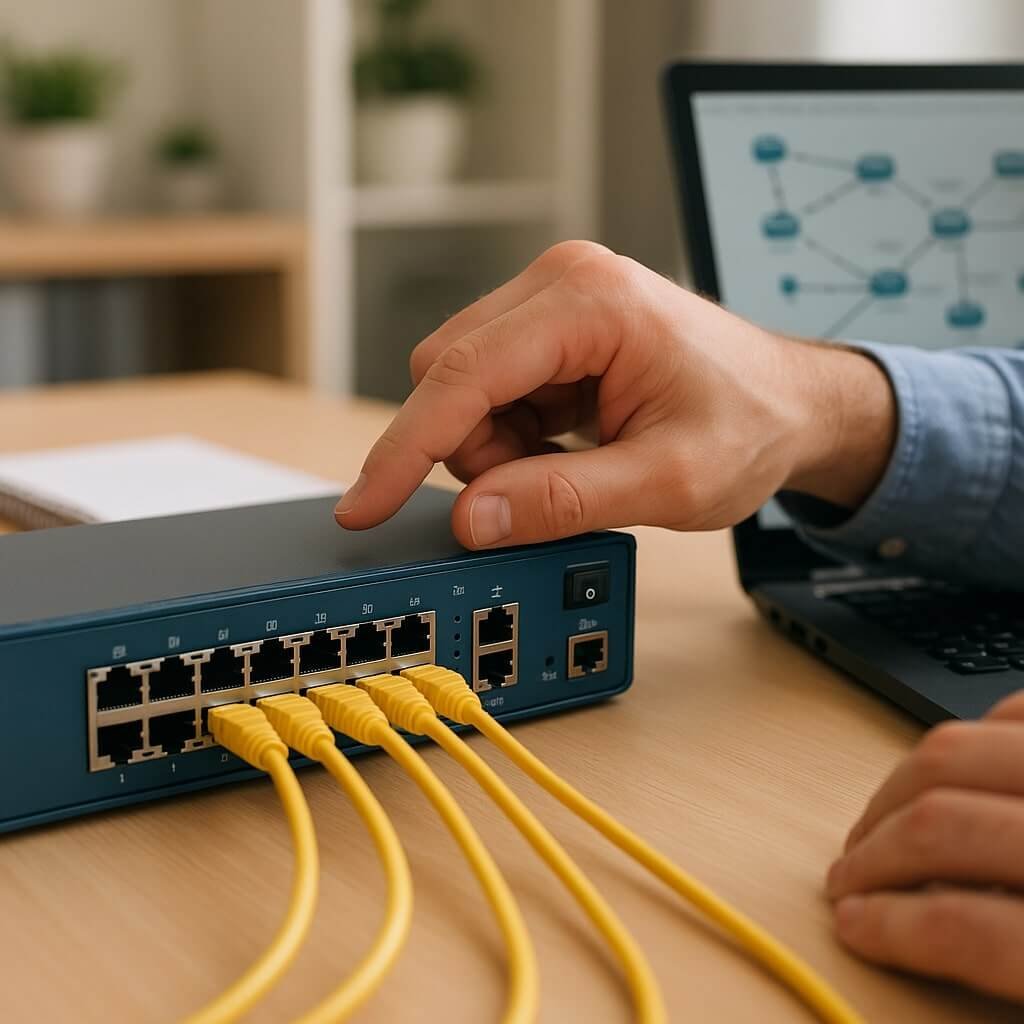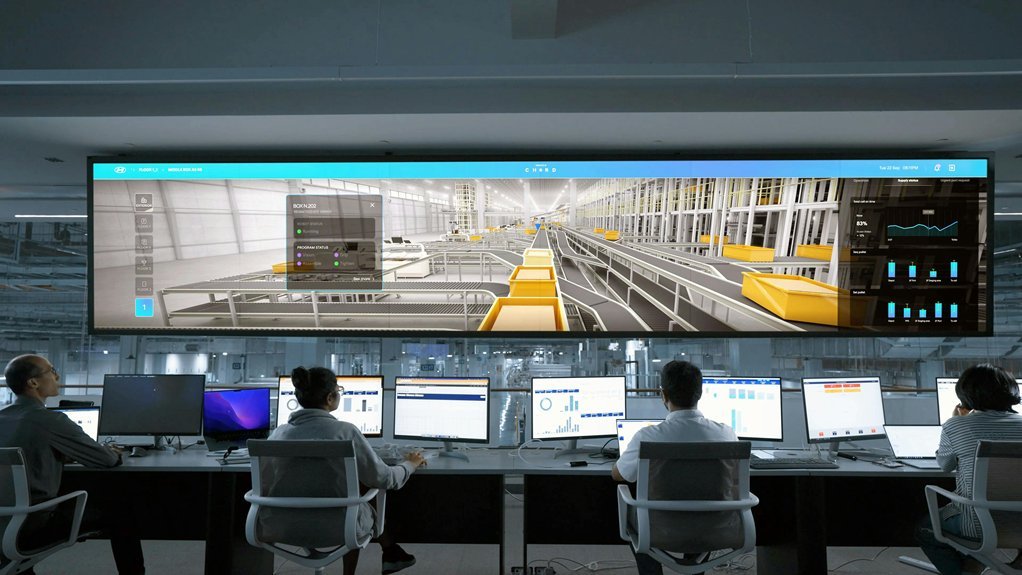Smart home technology is no longer a futuristic concept; it’s a present-day reality that offers incredible convenience, enhanced security, and energy efficiency. This Complete Guide to Smart Home Automation Installation will walk you through everything you need to know to get your smart home up and running smoothly. From choosing the right equipment to step-by-step installation and troubleshooting, we cover all the essentials with practical advice and tips.
What Is Smart Home Automation?
Smart home automation refers to the use of technology to control household systems and devices remotely or automatically. This includes lighting, security cameras, thermostats, appliances, and even entertainment systems. Through a central hub or smartphone app, users can monitor and manage their home environment easily and efficiently.
At its core, smart home automation improves the way you live by making everyday tasks easier and more secure. Whether it’s turning off lights while you’re away or receiving alerts about unusual activity, automation empowers you with greater control.
Benefits of Smart Home Automation
There are many reasons why people are turning to smart home automation, including:
- Convenience: Control devices from anywhere using your smartphone or voice commands.
- Energy Efficiency: Automated lighting and thermostats help reduce energy waste, lowering bills.
- Security: Real-time alerts and remote monitoring keep your home safe.
- Comfort: Customise your home environment with automated climate control and lighting scenes.
- Accessibility: Helpful for people with disabilities or mobility challenges, enabling easier control.
This combination of convenience and peace of mind makes smart homes increasingly popular worldwide.
Types of Smart Home Automation Systems
Smart home automation covers a wide array of systems designed to enhance different areas of your home:
- Lighting Control: Smart bulbs, switches, and dimmers that can be scheduled or triggered.
- Security Systems: Cameras, smart locks, doorbell cameras, and motion sensors.
- Climate Control: Smart thermostats and HVAC systems that adapt to your habits.
- Appliance Control: Smart plugs and devices to manage everyday appliances remotely.
- Entertainment: Automated sound systems, smart TVs, and voice assistants.
- Energy Management: Solar panels and battery systems integrated for smarter energy use.
Understanding the types of systems available helps you decide what fits best for your lifestyle.
Key Components of a Smart Home Automation System
To build a reliable smart home, you’ll need to understand the essential parts:
- Smart Devices: These are the appliances and gadgets you want to automate.
- Hub or Controller: The central unit that connects and manages all devices.
- Sensors: Devices like motion, temperature, and door/window sensors that provide data.
- Connectivity: Wi-Fi, Zigbee, Z-Wave, or Bluetooth protocols that enable communication.
- Software/App: The user interface through which you control and monitor your home.
Each element plays a vital role in making your smart home responsive and seamless.
Planning Your Smart Home Automation Installation
Before jumping into installation, thorough planning is crucial for success.
Assessing Your Home’s Needs
Start by identifying what you want to automate and why. Are you focused on security, energy savings, or comfort? Evaluate your home’s layout, existing wiring, and Wi-Fi coverage to determine the feasibility of different devices.
Budgeting and Choosing the Right Equipment
Smart home automation can vary widely in cost. Set a realistic budget considering device prices, installation fees, and potential upgrades. Research brands and products that fit your requirements and offer good compatibility.
Essential Tools for Installation
Whether you opt for a DIY approach or professional help, these tools are commonly needed:
- Screwdrivers and drills
- Wire strippers and cutters
- Voltage tester
- Ladder and measuring tape
- Smartphone or tablet for device setup
- Network testing tools (optional)
Having the right tools ensures a smoother, safer installation process.
Step-by-Step Installation Process
Installing a smart home system can be complex, but manageable with clear steps:
Setting Up the Smart Hub
The hub acts as the brain of your automation system. Place it centrally for best coverage, power it up, and connect it to your home Wi-Fi. Follow the manufacturer’s app instructions to link devices.
Installing Smart Lighting
Replace traditional bulbs with smart ones or install smart switches. Ensure power is off before handling wiring. After physical installation, configure lighting scenes and schedules via the app.
Integrating Security Systems
Mount cameras and sensors at key points such as entrances and windows. Connect alarms and smart locks to the hub. Test alerts and remote access functionality.
Connecting HVAC and Appliances
Install smart thermostats by replacing your old thermostat. Use smart plugs for appliances that aren’t smart-enabled. Program routines to optimise energy use.
Configuring and Testing Your System
Once devices are installed, configuration is key. Set up routines, voice controls, and notifications. Test each device individually and collectively to ensure smooth communication and responsiveness. Troubleshoot any connectivity issues promptly.
Troubleshooting Common Installation Issues
Some frequent challenges include:
- Devices not connecting to Wi-Fi or the hub
- Incompatible devices are causing interference
- Weak network signals limit the range
- App glitches or firmware needing updates
Address these by restarting devices, checking compatibility, improving Wi-Fi coverage with extenders, and keeping firmware up to date.
Maintaining Your Smart Home Automation System
Regular maintenance ensures longevity and performance:
- Update software and firmware regularly
- Replace batteries in wireless sensors
- Clean sensors and cameras
- Review and update routines as needed
- Monitor network health and security settings
Staying proactive helps avoid disruptions and security risks.
Future Trends in Smart Home Automation
Smart home technology continues evolving with trends such as:
- AI-driven automation learning your habits
- Enhanced interoperability among brands
- Voice control improvements and natural language processing
- Integration with renewable energy systems
- Increased focus on privacy and data security
Keeping up with these trends will help future-proof your smart home.
Frequently Asked Questions (FAQs)
1. Can I install smart home automation myself, or do I need a professional?
Most smart home devices are designed for easy DIY installation. However, complex systems involving electrical wiring or security might require professional help.
2. Will smart home automation increase my energy bills?
No, it typically reduces energy consumption by optimising device usage and turning off unused appliances.
3. Are smart home devices secure from hacking?
Manufacturers implement strong encryption and security protocols, but users should keep devices updated and use strong passwords.
4. Can I control smart home devices without internet?
Some devices offer local control via Bluetooth or Zigbee, but full remote access usually requires internet connectivity.
5. How compatible are different brands of smart devices?
Compatibility varies; using a universal hub or selecting devices supporting common protocols (Zigbee, Z-Wave) improves interoperability.
6. What happens if the power goes out?
Many devices retain settings, but automation and remote access will be offline until power and internet are restored.
Conclusion: Transforming Your Home with Smart Automation
Installing smart home automation is an exciting way to elevate your lifestyle, offering convenience, safety, and efficiency. With careful planning, the right equipment, and step-by-step installation, you can create a connected home tailored to your needs. Embrace the future by turning your home into a smart, responsive sanctuary today.






